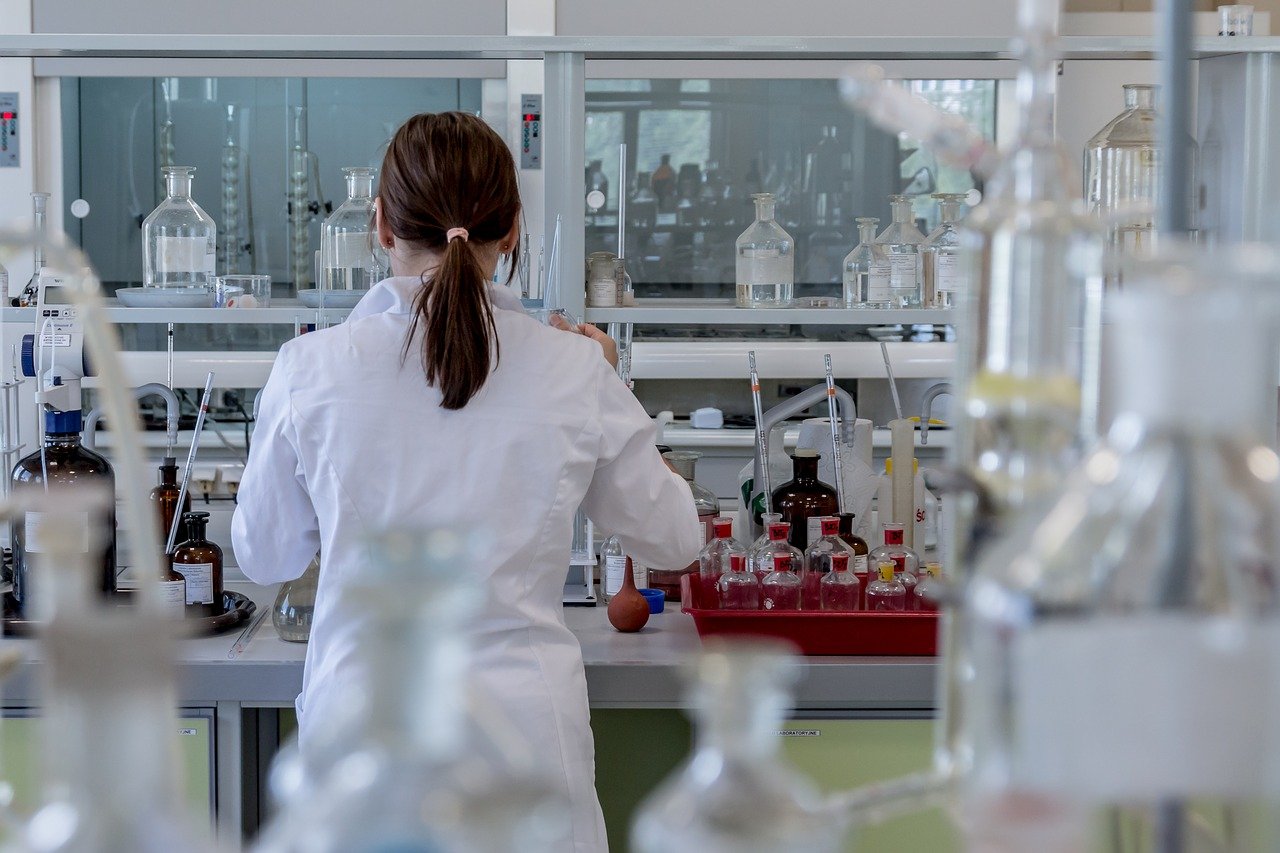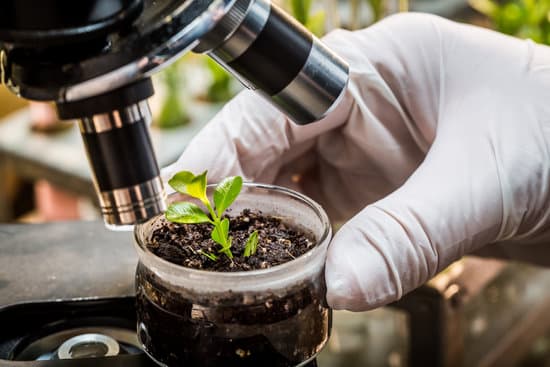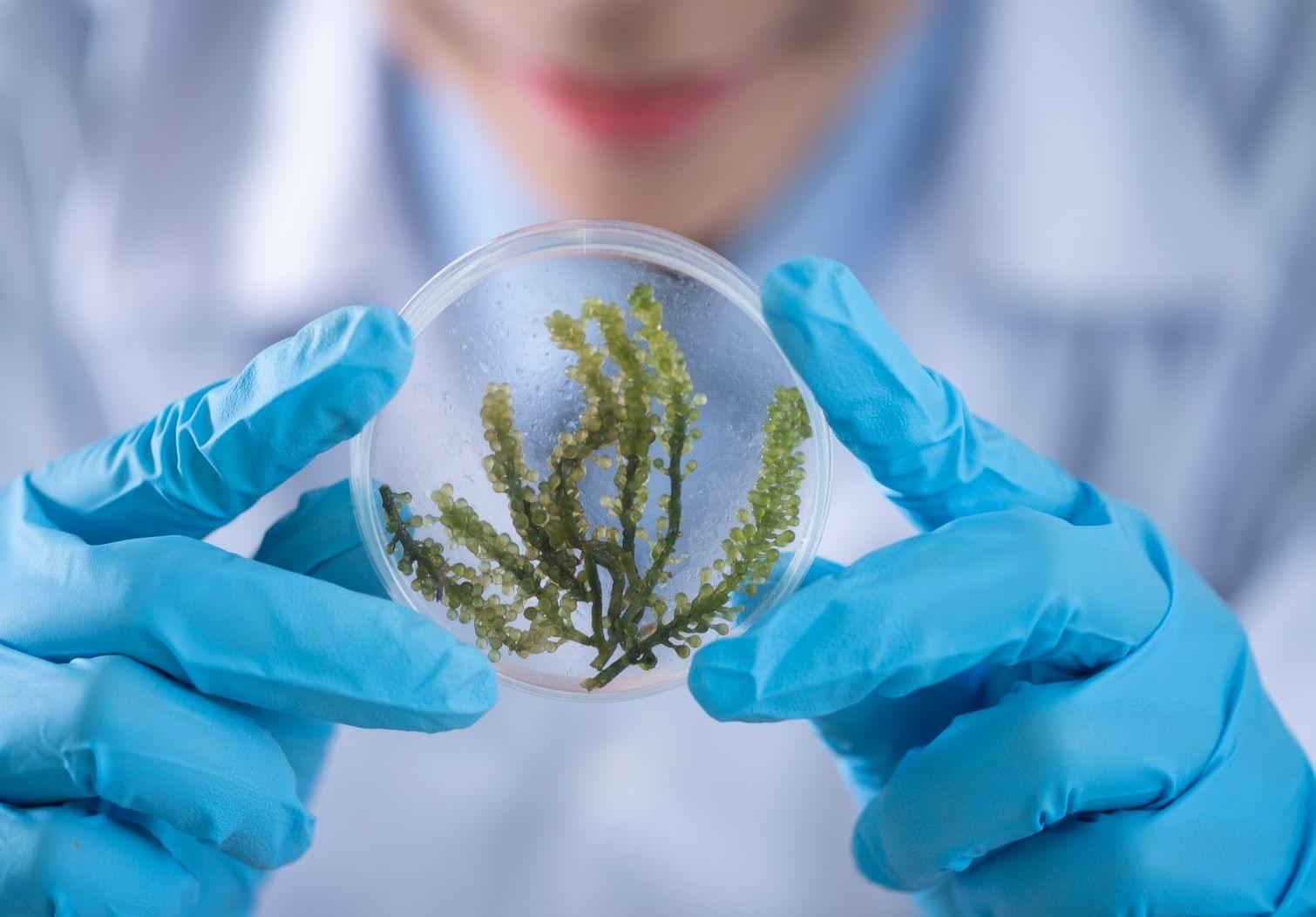
Hi Ines, Green Lab is a movement encouraging research labs to become more sustainable. Labs use 5-10x the energy of an office and lab work
generates 5.4 billion kg of plastic waste per year. Our goal is to help reduce
the environmental impact of research work. We help academic, industrial and
research labs look at their lab practices and optimize for the smallest carbon
footprint. This may be simple ideas such as turning off laboratory equipment in
the evenings or waiting to fill an autoclave before turning it on; to more
effort-intensive initiatives such as implementing a purchasing standard
that highlights consumables suppliers that have end-of-life take-back programs
or working with your waste hauler to develop a recycling program.
We're scientists because we want to do good for the world,
but our research should not be damaging the planet, and we, as upstanding
citizens, need to do our part to help curb climate change.





